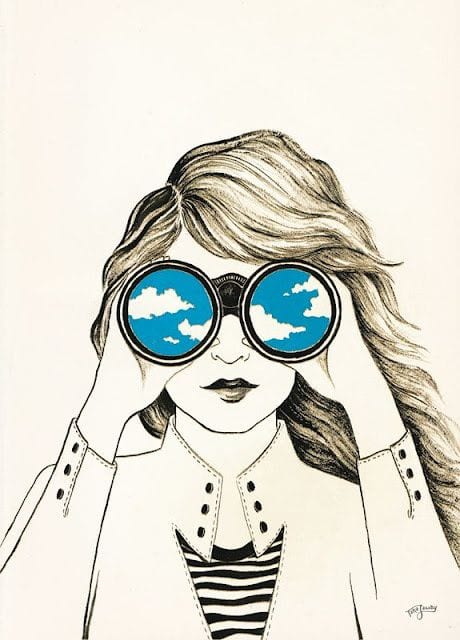Hunched backs,
heads down,
this is what I see
as I pass by those
I do not know.
From one class to the next,
blurs of colour whiz by
in a frenzy of activity,
with a destination in mind
and the journey ignored.
I see people
avoiding eye contact,
avoiding interaction,
avoiding connection.
In a sea of bodies,
is it possible to feel lonely,
even through the bumps and apologies?
Can others truly see me
beyond the clothing,
the hairstyles,
the fake smiles?
You cannot see the markings of late nights
etched under my eyes,
you cannot see the calluses
forming on my fingers,
you cannot see the dried tears
that have streamed down my face.
You cannot see what I see,
what I feel,
what I experience.
Because I only let you see
what I want you to.
And until these walls come down,
until it becomes okay to talk,
until it becomes safe to talk,
I know I am not alone.
Because it works both ways:
I cannot see you
until your walls come down.
Just because it’s hard to see
doesn’t mean it isn’t there.
And so I wait
for the opportune time
to speak my truth.
This piece was inspired by an exhibit at the University of Calgary showcasing art pieces that revolve around the topic of mental health in September. I was compelled by a specific piece of work of a blue background with cut-out letters spelling, “Support”, and beside those letters were a pair of glasses. In written words, the quote, “Just because it’s hard to see doesn’t mean it’s not there” is also seen. Using the theme of mental health and the concept of seeing from the art piece, I intertwined my university experience with those two concepts.
I was drawn to use the idea of seeing from the art piece, because as the written quotation says, we can only see the surface of individual’s and are unable to see people’s struggles, histories, and experiences in a quick glance. That also includes people’s struggle to maintain optimum mental health. I have had difficulty reaching out when I need some help because it can be seen as weak, but it also is because I have normalized some thoughts and experiences that shouldn’t be. These barriers are symbolized by the “walls” that are mentioned near the end. We are progressing in advocating for more mental health awareness; however, until we become comfortable in speaking about our mental health, we have more work on changing our perception and valuing the importance of maintaining optimum mental health.
Image from: http://getdrawings.com/tumblr-glasses-drawing

